After Moscow started what it called a “special military operation” against its neighbour Ukraine on February 24, 2022, many countries announced sanctions against Russia, in an attempt to inhibit its ability to finance its offensive against Kiev.
Prominent Russian oligarchs, political officials, the country’s financial, energy and production sectors, as well as its access to international markets, have all been subject to sanctions.
But the rising prices of energy exports have enabled Russia to replenish its finances and stave off a sharp decline.
While the European Union, one of Russia’s main trading partners, has managed to reduce its imports of Russian natural gas by 55 percent, rising gas prices as well as focusing on new buyers has boosted Russian energy exports, according to the Reuters news agency.
According to World Economic Forum, 2022’s high oil and gas prices and the rise in China’s and India’s oil purchases from Russia, coupled with Moscow’s de-dollarisation strategy, have acted as effective buffers by partially counteracting the effects of sanctions.
Russia’s oil production rose 2 percent last year to 535 million tons, while oil exports increased 7 percent, according to Anadolu Agency.
“We have ensured the stability of the economic situation and protected our citizens,” said Russian President Vladimir Putin on February 21 in his state of the nation address, adding that the West had failed in its objective to “destabilise Russian society”.
All things considered, despite the scale and scope of the unprecedented sanctions against Moscow, the Russian economy is still standing.
READ MORE: One year to Russia-Ukraine conflict: How has it impacted the world
Russia’s reserves
Before the start of the war, Russia’s total reserves amounted to around $630 billion, according to the World Bank.
By November 2022 they had dropped to around $560 billion, resulting in a loss for the Bank of Russia of about $80 billion.
Despite sanctions such as freezing Moscow’s international reserves and Russian banks losing access to the SWIFT financial transfer system, roughly $300 billion remained available at the end of 2022.
These reserves enable the Russian central bank, which has taken on the role of defending the economy against sanctions, to intervene in the currency and debt markets, and sustain the necessary conditions to ensure Russian banks continue interacting with global markets.
READ MORE: Putin delivers nuclear warning to West over Ukraine, suspends START pact
The Russian rouble and economic growth
One month into Russia’s attack on Ukraine last year, US President Joe Biden laid out the punishing economic costs that the US and its allies were inflicting on Russia.
He declared that the Russian rouble had almost been instantly “reduced to rubble”.
However, since the initial offensive began, the rouble, despite fluctuating at times, trades around the same 75-per-dollar rate seen in the weeks before the war.
This has been enabled partially through Russia’s effective use of capital control measures to strengthen its currency.
And while Russia’s economy did shrink 2.2 percent in 2022, that was far short of that Biden administration officials had hoped for.
In 2023, the Russian economy is even expected to grow partially according to IMF estimates.
The World Bank also claims Russia’s economy will grow this year due to a rise in consumption and a rebound in exports as Russia re-orientates its trading ties.
READ MORE: Russian rouble dips near 10-month low vs US dollar
Whats next?
Marking the first anniversary of Russia’s attack on Ukraine last week, the US announced a new round of expansive sanctions against Moscow and its allies.
Washington also said it would provide another $2 billion in weaponry for Kiev as it prepares for a spring offensive.
And despite successive waves of damaging Western sanctions, Russia still has the means to fund its campaign and there is no clear end in sight to the conflict in Ukraine.
READ MORE: Ukraine to ‘defeat everyone’, vows Zelenskyy as conflict enters 2nd year













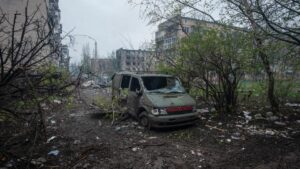
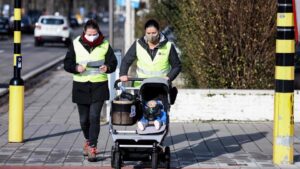
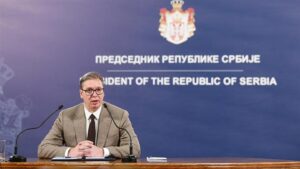

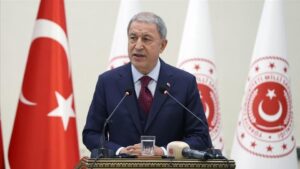
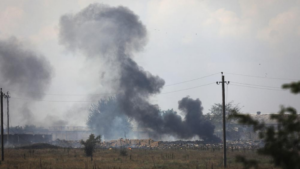


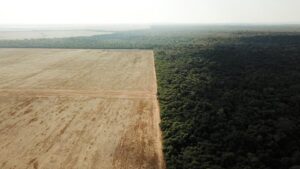

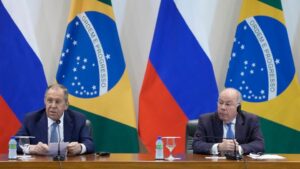



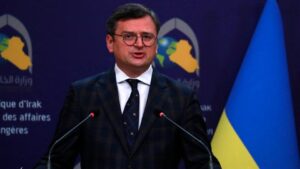


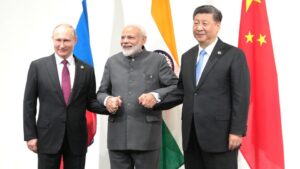





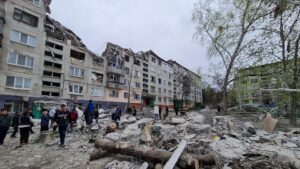
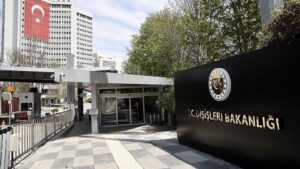





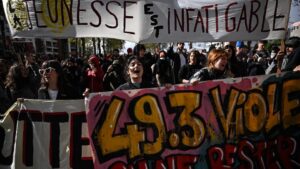
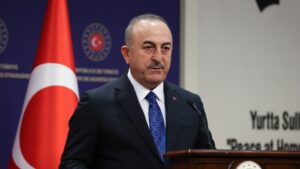
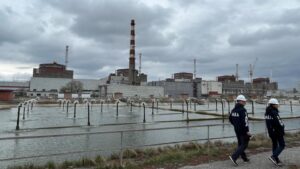
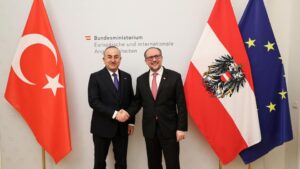
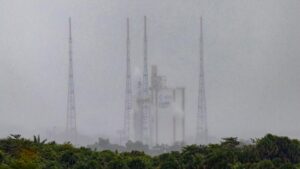


Be First to Comment